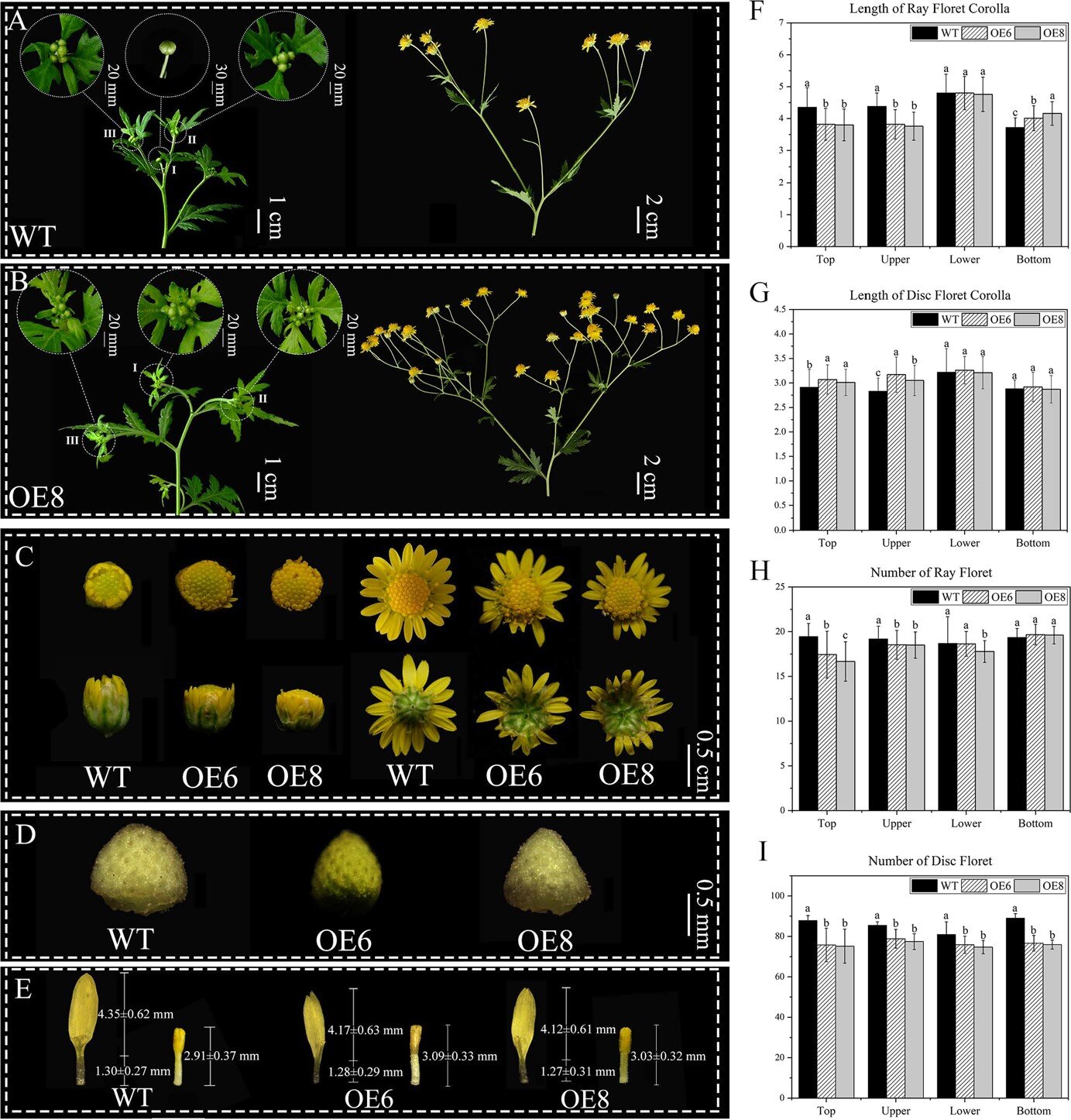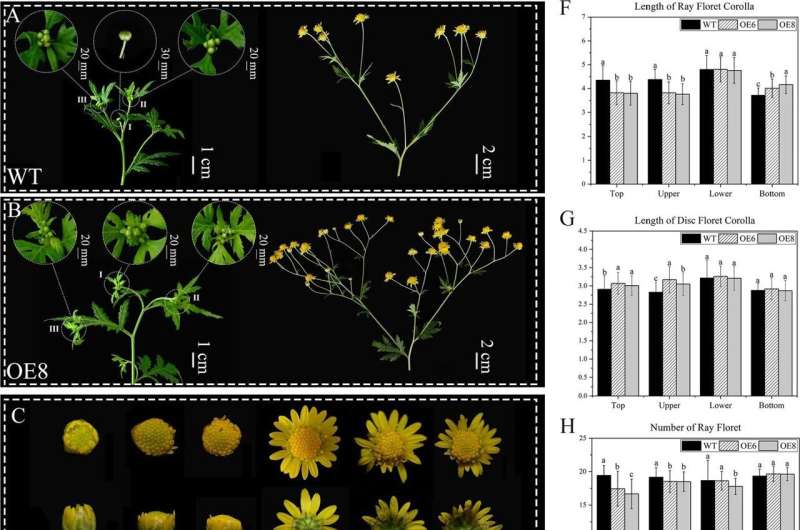

Chrysanthemums, admired globally for their intricate capitulum structures, have posed a genetic puzzle for scientists and horticulturists. The genetic mechanisms that dictate their development have been largely unknown, limiting the ability to selectively breed chrysanthemums for enhanced traits. This gap in knowledge has underscored the necessity for a focused genetic investigation to facilitate the cultivation of chrysanthemums with desired characteristics.
A collaborative effort by the Beijing Forestry University’s School of Landscape Architecture has yielded a study on the genetic architecture of chrysanthemum inflorescence. Their findings, published in Horticulture Research on February 22, 2024, detail the role of the cla-miR164-NO APICAL MERISTEM (ClNAM) gene in shaping the flower’s complex structure, marking a step forward in floral genetic research.
The study offers a detailed examination of the ClNAM gene’s regulatory influence on the inflorescence of Chrysanthemum lavandulifolium. A key finding was the gene’s central role within a broader genetic regulatory network. Overexpression of ClNAM was shown to hasten the initiation of floral primordium, leading to changes in receptacle morphology and a reduction in floret count.
This manipulation also resulted in a decrease in ray floret corolla length and an increase in disk floret elongation, highlighting ClNAM ‘s impact on floral organ development. Additionally, the study revealed that ClNAM is targeted by the microRNA cla-miR164, indicating a complex post-transcriptional regulation mechanism.
These discoveries shed light on the genetic pathways that govern the chrysanthemum’s inflorescence, presenting opportunities for precision breeding and genetic enhancement.
Dr. Silan Dai, the senior author and an expert in plant molecular genetics, says, “Our research harnesses the power of genetic inquiry to demystify and manipulate plant development. The ClNAM gene’s regulatory network is a monumental discovery and a versatile tool for pioneering breeding programs designed to amplify the chrysanthemum’s innate splendor and variety.”
The study’s findings are set to transform the horticultural industry, providing a genetic roadmap for developing chrysanthemum varieties with tailored inflorescence features. This breakthrough may enable the cultivation of plants for specific uses, from decorative florals to landscape design.
Additionally, understanding ClNAM ‘s regulatory role could extend to other plant species, offering broader applications in agriculture and deepening our knowledge of plant development for conservation and scientific advancement.
More information:
Junzhuo Li et al, cla-miR164-NO APICAL MERISTEM (ClNAM) regulates the inflorescence architecture development of Chrysanthemum lavandulifolium, Horticulture Research (2024). DOI: 10.1093/hr/uhae039
Citation:
Research provides genetic insights into the chrysanthemum’s architectural elegance (2024, June 6)
retrieved 7 June 2024
from https://phys.org/news/2024-06-genetic-insights-chrysanthemum-architectural-elegance.html
This document is subject to copyright. Apart from any fair dealing for the purpose of private study or research, no
part may be reproduced without the written permission. The content is provided for information purposes only.